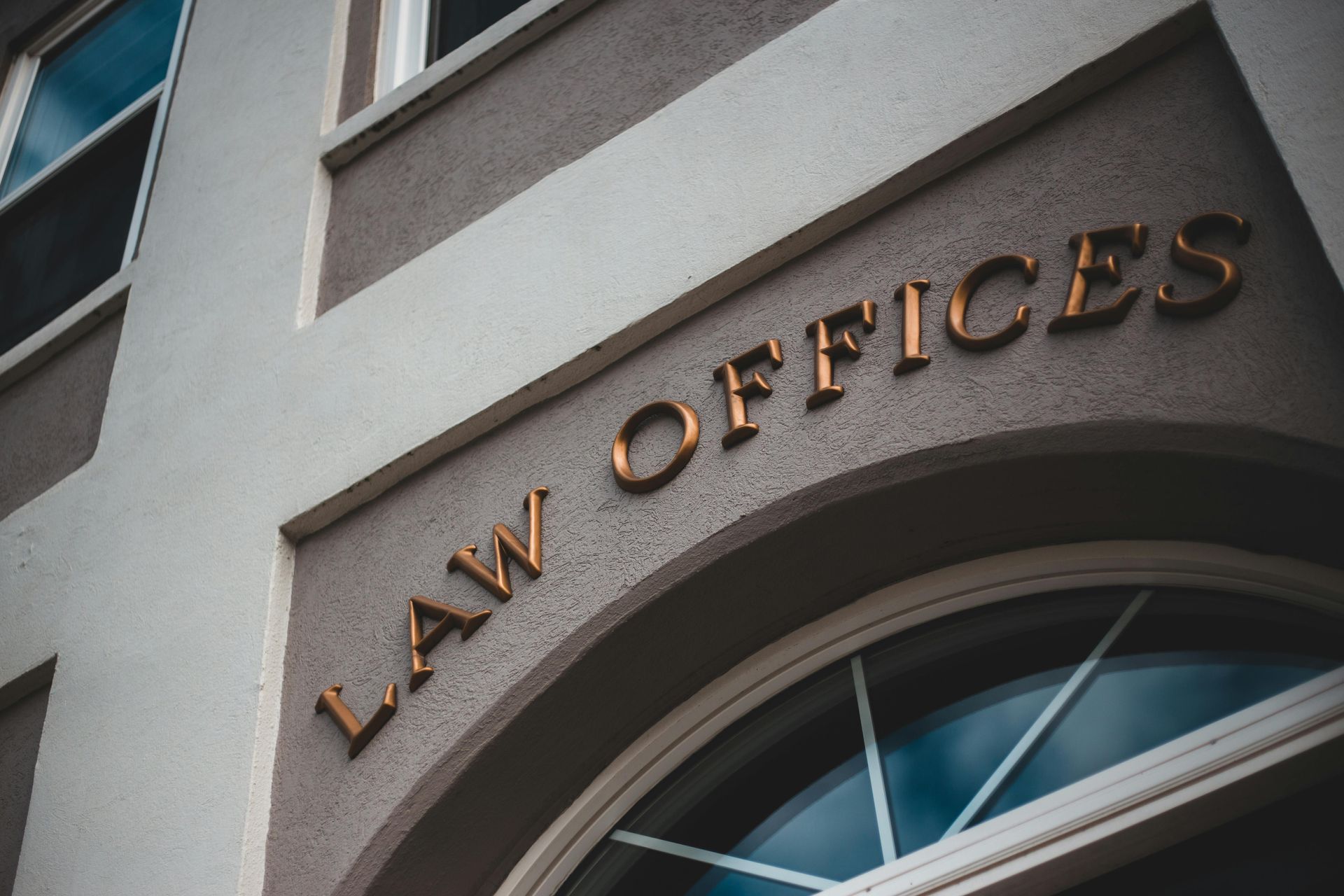Child Custody Laws For Texas
When couples divorce in Texas, the first priority of the Family Court is to establish a custody arrangement that addresses the best interests of the children.
What You Need To Know About Child Custody In Texas
What Is A Conservatorship?
A conservatorship is also known as child custody in the Texas Family Code. Tex. Fam. Code Chapter 153 mentions that custody is granted to (a) certain individual(s) based on what is in the best interest of the child. Therefore, if you are hoping to be granted custody after a divorce, it must be proven that you are, in fact, what is the best interest of the said child.
Here at Wilson Legal Group, we handle matters involving child custody, combining extensive experience with compassion to guarantee relentless representation. If you are in need of a Dallas child custody attorney, please do not hesitate to contact our firm for assistance in the matter.
We can help in all matters regarding child custody, including:
- Child support payments
- Grandparents' rights
- Custody for same-sex parents
- Establishing paternity
- Parental relocation
What Determines Child Custody in Texas?
The courts in Texas determine child custody based on the child's best interest. In order to come to a decision, the following factors are considered:
- Any history of child abuse;
- The health and safety of the child;
- The relationship between each parent and the child;
- Where the parents live and the distance between their residence;
- Each parent's finances;
- The health of the parents themselves;
Is Texas Considered A "Mother State" For Child Custody Cases?
It is legally forbidden to use gender as a factor concerning child custody cases. However, the child's best interest is the primary consideration, as well as many other factors, such as the existing relationship between each parent and the child.
Parenting Time And Agreements
Most child custody cases in Texas allow both of the parents to obtain some form of possession or access to the child. It is infrequent that one parent will be granted sole conservatorship of the child and not have an agreement set for both of the parents to be involved.
"Parenting Time" is the term used in Texas to define how much time each parent will get with their child and in the ways in which each parent is involved in making decisions for the child. The parents usually draft a parenting agreement without the court's need for intervention. However, if it is found that both parents cannot agree, the courts will step in.
If the courts must intervene, each parent is responsible for presenting their argument for the judge to determine the parenting schedule and who has the right to make decisions for the child. Suppose you are finding yourself needing assistance to draft a parenting schedule or even fight for your parental rights in court; the attorneys at Wilson Legal Group are ready to provide the representation you need. Let us help you win the parenting time you deserve.
Family Law Resources & Services
Need any help?
Family Law Resources
- Abandonment and Divorce
- Acceptance of Benefits
- Adultery and Separation
- Annulment in Texas
- Attorneys Fees in Divorce
- Breached Settlement
- Business Valuations
- Causes of Divorce in Texas
- Characterizing and Tracing Property in Texas
- Common Clauses in Prenuptial Agreements
- Community Property in Divorce
- Compensation in Divorce
- Complex Property Division
- Contested Divorce in Texas
- Debt Division in Divorce
- Default Divorce in Texas
- Discretion in Divorce Cases
- Dividing Investment and Bank Accounts in Divorces
- Dividing IRAs/401ks/Pensions in Divorce
- Dividing Overseas Property in Texas
- Dividing Real Estate In Texas Divorce
- Division of Retirement Funds in Divorce
Additional Child Custody Focus
What Is Considered Sole Custody?
It's essential that you know what to expect and what type of conservatorship may be ordered by the court:
- Sole managing conservatorship (sole custody) is usually awarded to one parent. This means that the child will primarily reside with this one parent and that the parents have the exclusive right to make decisions about the child. The other parents could be granted possessory conservatorship, granting visitation rights with their child.
- Joint managing conservatorship may be ordered when the court decides that both are required to be present and involved in the child's life. A joint parenting plan with be filed to establish which parents will spend what time with the child.
Standard Possession Schedule In Texas
Many parents have possession of and access to their child in Texas pursuant to the Standard Possession Schedule contained within the Texas Family Code. The one who has standard custody is entitled to possession of the child during the 1st, 3rd, and 5th weekend throughout the year. However, the 1st, 3rd, and 5th weekends are not the same as every other weekend.
In addition, the non-primary conservator is able to choose 30 days for summer possession. This may be split up into a maximum of two periods of at least seven days each. Therefore, the non-primary conservator is able to maintain their 1st, 3rd, and 5th weekends as well as the 30 days of extended summer possession.
Types Of Conservatorships In Texas
If you find yourself going through a custody case, it is imperative that you understand the types of conservatorships that may be granted to you.
In the majority of custody cases, the court awards a joint managing conservatorship. This means that both parents have physical and legal custody of the child. Depending on which parent the child resides with primarily, they become the custodial parent, and the other is the noncustodial parent.
Unless the court finds that one parent is unfit to care for their child, a joint managing conservatorship will become the default. The court finds that it is ideal for a child to spend time with both parents equally.
What Do The Courts Consider When Deeming A Parent Unfit?
- A history of child abuse, neglect, or family violence;
- Substance abuse;
- Fail to act in the child's best interest;
- Their mental and/or physical health hinders their ability to care for the child;
- A child requesting an SMC due to being old enough for an input of the case;
- The parents are incarcerated and/or the parents cannot care for the child due to their living situation.
The court may rule that the parent deemed unfit requires a third party supervising them during visitation. Ultimately, a wide range of factors can impact a custody case. As a result, it's imperative to have an attorney on your side that advocates for your parental rights.
Why Choose Wilson Legal Group?
The family law attorneys here at Wilson Legal Group will provide you with the guidance needed to proceed through a complex divorce process. Our lawyers are ready to fight for your rights and do what is necessary for you to have a favorable outcome. Contact our firm today to get the representation you deserve in your child custody case.
CLIENT MATTERS
5,000+
YEARS OF SERVICE
25+
Award Winning
Recognized in the legal industry as dedicated board-certified lawyers and Rising Stars.
Expert Team
Your project will be handled by legal experts every time. You will have the most experienced attorneys working for you.
Quality Representation


Let's talk about your legal issue
Wilson Legal Group P.C.
d/b/a Wilson Whitaker Rynell
(972) 248-8080 (Dallas) MAIN OFFICE
(713) 830-2207 (Houston) Appointment Only
(512) 691-4100 (Austin) Appointment Only
For more information on how we can assist in your intellectual property, commercial litigation, divorce, or other personal needs, let us know how we can help you:
How Can We Help You?
WILSON WHITAKER RYNELL
Thank You for Contacting Us!
Your information has been sent, and we will contact you shorlty...issues.
WILSON WHITAKER RYNELL
Oops, there was an error sending your message.
Please try again later.
Disclaimer:
This form does not establish an attorney-client relationship, and should only be used to contact the firm about scheduling a call or meeting. No confidential or sensitive information should be sent using this form.
We represent clients nationwide, including Dallas, Austin, Houston, and other Texas areas such as Fort Worth, Arlington, Carrollton, Plano, Allen, Lewisville, Flower Mound, Irving, Denton, McKinney, North Richland Hills, and all cities within Dallas County, Tarrant County, Collin County, and Denton County.
OFFICES
ABOUT
CONTACT
BLOG
Wilson Whitaker Rynell
16610 Dallas Parkway, Suite 1000
Dallas, Texas 75248
972-248-8080 (MAIN)
972-248-8088 (FAX)
info@wrrlegal.com (E-MAIL)









